I've beenstudying Real(True), Active and Apparent power in AC circuit.
I have understood all the concepts including phasor diagram, lagged sinusoidal waveform,the relationship between those three power.
However, I'm stuck on a this one concept at the moment and I feel really stupid. The definition for real power is "Real/True power is power dissipated by a load (resistor) and it is the actual power transferred to the consumer".
But doesn't dissipated power due to load mean that it has lost that amount of power because of the resistance and the power is wasted as heat?
